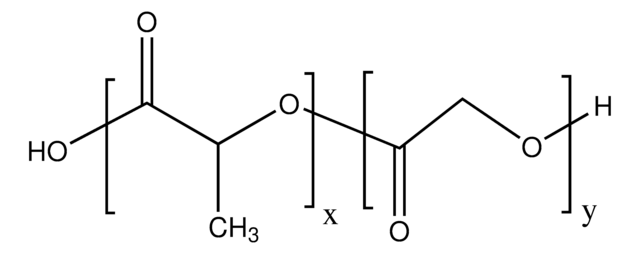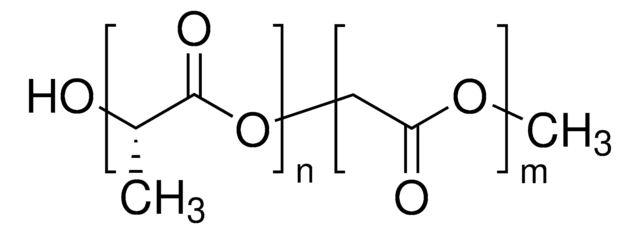900400
SLAP 3-SpiroCyHex N-Bn Pip Reagent
≥95%
Synonyme(s) :
1-((Benzyl((trimethylsilyl)methyl)amino)methyl)cyclohexanamine
About This Item
Produits recommandés
Pureté
≥95%
Forme
liquid
Indice de réfraction
n/D 1.516
Densité
0.956 g/mL
Température de stockage
−20°C
InChI
1S/C18H32N2Si/c1-21(2,3)16-20(14-17-10-6-4-7-11-17)15-18(19)12-8-5-9-13-18/h4,6-7,10-11H,5,8-9,12-16,19H2,1-3H3
Clé InChI
HHDPYUUHZQUCNL-UHFFFAOYSA-N
Application
Autres remarques
- Technology Spotlight: SLAP Reagents for Piperazine Synthesis
- Silicon Amine Reagents for the Photocatalytic Synthesis of Piperazines from Aldehydes and Ketones
- Lewis Acid Induced Toggle from Ir(II) to Ir(IV) Pathways in Photocatalytic Reactions: Synthesis of Thiomorpholines and Thiazepanes from Aldehydes and SLAP Reagents.
- Continuous Flow Synthesis of Morpholines and Oxazepanes with Silicon Amine Protocol (SLAP) Reagents and Lewis Acid Facilitated Photoredox Catalysis
Produit(s) apparenté(s)
Mention d'avertissement
Warning
Mentions de danger
Conseils de prudence
Classification des risques
Eye Irrit. 2 - Skin Irrit. 2 - STOT SE 3
Organes cibles
Respiratory system
Code de la classe de stockage
10 - Combustible liquids
Classe de danger pour l'eau (WGK)
WGK 3
Certificats d'analyse (COA)
Recherchez un Certificats d'analyse (COA) en saisissant le numéro de lot du produit. Les numéros de lot figurent sur l'étiquette du produit après les mots "Lot" ou "Batch".
Déjà en possession de ce produit ?
Retrouvez la documentation relative aux produits que vous avez récemment achetés dans la Bibliothèque de documents.
Protocoles
The expanding class of SLAP reagents provides access to saturated N-heterocycles and aliphatic aldehydes and ketones without additional reagents or the generation of toxic byproducts.
Notre équipe de scientifiques dispose d'une expérience dans tous les secteurs de la recherche, notamment en sciences de la vie, science des matériaux, synthèse chimique, chromatographie, analyse et dans de nombreux autres domaines..
Contacter notre Service technique









